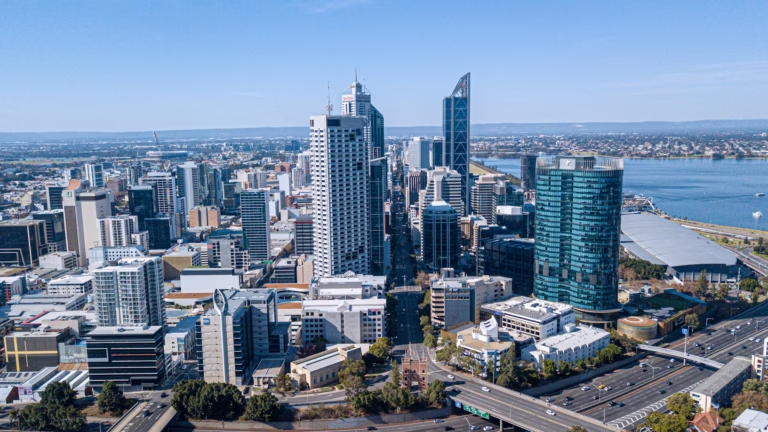Security is no longer a matter of just installing cameras or locking doors. In today’s risk landscape, businesses and government agencies must take a layered and integrated approach to security. A protective security framework provides a structured, comprehensive method for identifying, managing, and mitigating a broad range of threats—whether physical, personnel-related, or digital.
By implementing a protective security framework, organisations can ensure consistent security practices, meet legal and regulatory obligations, and build resilience across operations. This framework is especially relevant for sectors such as government, critical infrastructure, education, healthcare, and corporate services, where the consequences of a breach can be significant.
At Smartsec Security Solutions, we help businesses and agencies adopt protective security frameworks tailored to their operational environments, risk exposure, and compliance requirements.
What is a Protective Security Framework?
A protective security framework is a structured set of principles, controls, and practices designed to protect an organisation’s people, assets, and information from threats and vulnerabilities. It incorporates security planning across three key domains:
- Physical security
- Personnel security
- Information security
This framework ensures that these domains are not managed in isolation but work together cohesively to reduce risk and enhance security posture. It is often aligned with standards such as the Australian Government’s Protective Security Policy Framework (PSPF), ISO 27001 (information security), and ISO 31000 (risk management).
Core Principles of a Protective Security Framework
Risk-Based Decision Making
Security measures should be implemented based on a clear understanding of threats, vulnerabilities, and potential consequences. This ensures resources are allocated where they are needed most and avoids unnecessary over-engineering.
Proportionality and Scalability
Security controls should match the size and complexity of the organisation. A protective security framework must be scalable for small businesses and robust enough for high-risk or national interest environments.
Integration and Consistency
Security practices should be integrated across departments and disciplines, with clear policies and processes in place. The framework provides a common language and methodology for managing different types of risks.
Continuous Improvement
Security threats evolve, and so must your controls. A protective security framework includes review cycles, performance monitoring, and incident feedback loops to ensure ongoing refinement.
Key Components of a Protective Security Framework
Physical Security
Physical security involves protecting facilities, equipment, and infrastructure from unauthorised access, theft, vandalism, or sabotage. It includes:
- Perimeter protection such as fencing, gates, and barriers
- Access control systems including biometric or smart card readers
- CCTV and surveillance for real-time monitoring and evidence collection
- Intrusion detection systems and alarm integration
- Secure storage for sensitive documents or equipment
- Visitor and contractor management
The framework ensures that physical security measures are implemented according to risk assessments and maintained over time.
Personnel Security
Personnel security focuses on ensuring that staff, contractors, and anyone with access to your facilities or systems can be trusted and are suitable for their roles. It includes:
- Pre-employment screening and background checks
- Security awareness training for staff and management
- Role-based access permissions aligned with responsibilities
- Insider threat detection programs
- Exit procedures and revocation of access upon departure
Personnel are often the weakest link in security, so this domain ensures that human factors are adequately addressed.
Information Security
While often the responsibility of IT departments, information security must be integrated into broader security planning. It includes:
- Access controls for digital systems and sensitive information
- Data classification and handling policies
- Device and network security protocols
- Incident response planning for data breaches or cyber-attacks
- Staff training on phishing, secure document handling, and password hygiene
An effective protective security framework aligns these activities with physical and personnel security for a unified approach.
Governance, Policies, and Compliance
A strong framework includes clear governance structures to manage accountability and oversight. This typically involves:
- Appointing a security manager or team to oversee framework implementation
- Developing security policies and procedures tailored to the organisation
- Ensuring alignment with national and industry-specific standards (e.g. PSPF, ISO)
- Conducting regular audits and reviews to assess compliance and performance
- Reporting mechanisms to ensure transparency and accountability
By formalising roles and responsibilities, the organisation ensures that security is embedded in its culture and operations.
Incident Response and Business Continuity
Preparedness is essential for handling emergencies, breaches, or disasters. The framework includes:
- Clear incident reporting and escalation protocols
- Response plans for physical breaches, insider incidents, and cyber threats
- Communication strategies for stakeholders during a crisis
- Business continuity plans to ensure operations can resume quickly
- Post-incident reviews to identify lessons and improvements
The ability to respond effectively to incidents is just as important as preventing them.
Benefits of Implementing a Protective Security Framework
- Provides a clear, unified approach to managing diverse security risks
- Ensures compliance with Australian regulatory requirements
- Improves operational resilience and continuity in the face of disruptions
- Enhances confidence among staff, stakeholders, and partners
- Reduces reputational and financial damage from security breaches
- Supports a culture of accountability and security awareness
Whether your organisation is building security measures from scratch or refining an existing approach, a protective security framework ensures a strong foundation for long-term safety and resilience.
Common Mistakes Without a Framework
Many organisations adopt piecemeal security controls that fail to connect physical, personnel, and information security. Common issues include:
- Poor coordination between departments managing separate aspects of security
- Inconsistent access control practices and oversight gaps
- Outdated procedures not aligned with current risks
- Lack of training or awareness among staff
- Failure to assess or review the effectiveness of existing controls
Implementing a protective security framework helps avoid these issues by bringing structure, consistency, and accountability to the entire security approach.
How Smartsec Security Solutions Can Help
Smartsec Security Solutions works with businesses and government agencies to design and implement protective security frameworks that are practical, scalable, and fully compliant. Our consulting services include:
- Security risk assessments to identify vulnerabilities across all domains
- Development of integrated physical, personnel, and information security strategies
- Policy and procedure creation tailored to your operational environment
- Technology recommendations including CCTV, access control, and AI security
- Support with PSPF alignment and compliance reporting
- Training, drills, and awareness programs for your team
Our goal is to ensure that security is not just a set of tools or policies, but a core capability embedded throughout your organisation.
Strengthen Your Security Posture with a Protective Security Framework
Security is more than a checklist—it’s a strategic function that underpins the trust, continuity, and success of your organisation. A protective security framework offers a clear, consistent approach to managing diverse threats and ensuring your people, assets, and information remain secure.
To find out how Smartsec Security Solutions can help your organisation build and implement a protective security framework, visit Smartsec Security Solutions – Security Consulting Services.



